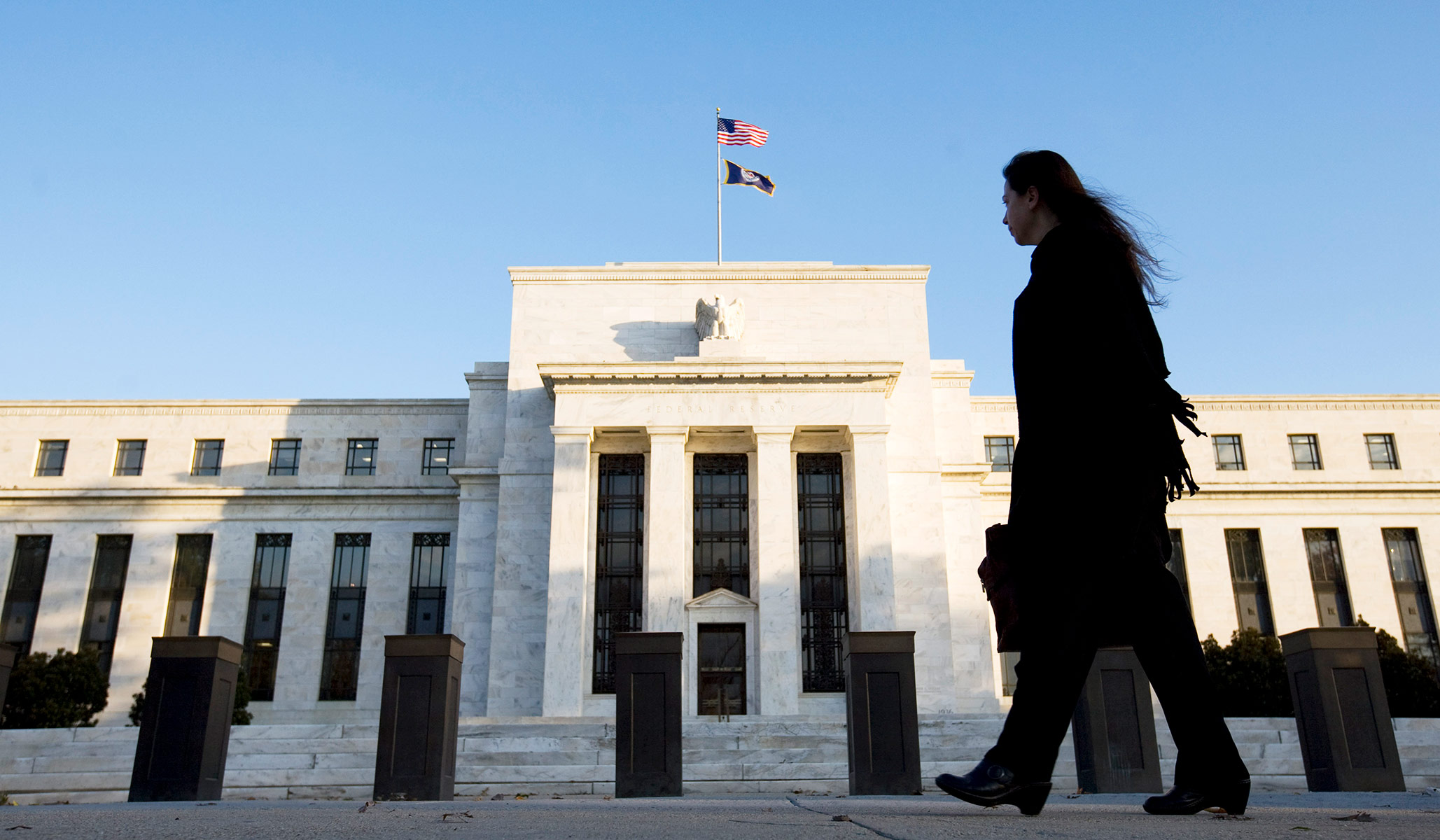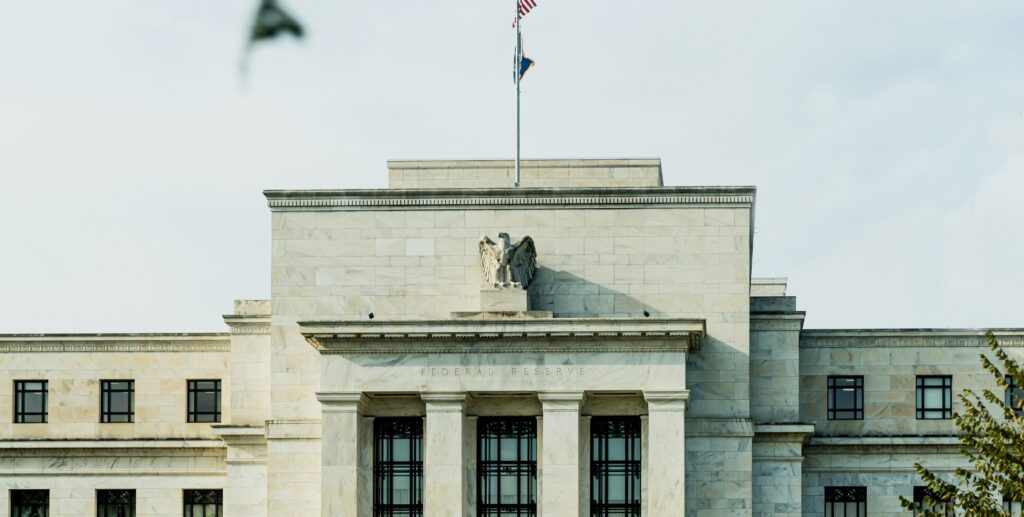Understanding The Federal Reserve: A Comprehensive Guide
The Federal Reserve, often referred to simply as the Fed, serves as the central banking system of the United States. It plays a pivotal role in fostering economic stability, overseeing financial institutions, and shaping the nation's monetary policy. As one of the most influential financial entities globally, gaining a deeper understanding of the Federal Reserve's operations and impact is essential for anyone with an interest in economics or finance.
The Federal Reserve was officially established in 1913 with the passage of the Federal Reserve Act. Its creation was driven by the need to address the frequent financial crises that had destabilized the U.S. economy during the late 19th and early 20th centuries. Over the years, the Fed has grown into a sophisticated institution tasked with ensuring the stability and growth of the American economy.
This article provides an in-depth exploration of the Federal Reserve, examining its structure, roles, and influence on the global financial landscape. Whether you're a student, an investor, or simply curious about the mechanisms driving the U.S. economy, this guide will offer valuable insights into the workings of the Federal Reserve.
Read also:A Teachers Genius Move Using Puff Daddy To Silence A Chaotic Classroom
Table of Contents:
- The Evolution of the Federal Reserve
- The Architecture of the Federal Reserve System
- The Core Functions of the Federal Reserve
- The Role of Monetary Policy
- Regulating Financial Institutions
- Managing Crises and Emergency Measures
- The Federal Reserve's Global Influence
- Contemporary Challenges for the Federal Reserve
- The Future of the Federal Reserve
- Conclusion and Next Steps
The Evolution of the Federal Reserve
The origins of the Federal Reserve can be traced back to the financial turmoil that characterized the United States during the late 19th and early 20th centuries. Frequent bank panics and economic depressions underscored the need for a centralized banking system capable of addressing these recurring challenges. In response, the Federal Reserve Act was signed into law on December 23, 1913, marking the establishment of the Federal Reserve System.
Key Events Leading to the Federal Reserve's Formation
A series of pivotal events paved the way for the creation of the Federal Reserve:
- Panic of 1907: This severe financial crisis highlighted the critical need for a more robust and resilient banking system.
- Aldrich-Vreeland Act (1908): This temporary measure aimed to address liquidity issues but underscored the necessity for a permanent solution.
- Federal Reserve Act (1913): Signed by President Woodrow Wilson, this landmark legislation established the Federal Reserve System as the central bank of the United States.
The Architecture of the Federal Reserve System
The Federal Reserve System is composed of several integral components that collaborate to fulfill its mission. A clear understanding of its structure is essential for grasping how the Fed operates and achieves its objectives.
Components of the Federal Reserve System
- Board of Governors: Based in Washington, D.C., the Board oversees the Federal Reserve System and plays a crucial role in implementing monetary policy.
- Twelve Regional Federal Reserve Banks: These banks act as the operational arms of the Federal Reserve System, providing essential banking services to depository institutions and the U.S. government.
- Federal Open Market Committee (FOMC): Responsible for setting monetary policy, the FOMC comprises members from the Board of Governors and regional Reserve Bank presidents.
The Core Functions of the Federal Reserve
The Federal Reserve performs several critical functions aimed at ensuring the stability and growth of the U.S. economy. These functions are designed to promote maximum employment, stable prices, and moderate long-term interest rates.
Key Functions of the Federal Reserve
- Conducting Monetary Policy: The Fed adjusts interest rates and manages the money supply to achieve its economic objectives.
- Supervising and Regulating Financial Institutions: Ensuring the safety, soundness, and transparency of banks and other financial entities.
- Maintaining Financial Stability: Identifying and mitigating systemic risks to prevent financial crises.
- Providing Financial Services: Acting as a banker to depository institutions and the U.S. government.
The Role of Monetary Policy
Monetary policy stands as one of the Federal Reserve's most vital responsibilities. By controlling the money supply and interest rates, the Fed influences economic activity, employment levels, and inflation, thereby shaping the broader economic landscape.
Read also:Exploring Chicagos Diverse And Dynamic Weather Patterns
Tools of Monetary Policy
- Open Market Operations: The buying and selling of government securities to adjust the money supply and influence economic conditions.
- Discount Rate: The interest rate charged to banks for short-term loans from the Federal Reserve, impacting borrowing costs for financial institutions.
- Reserve Requirements: The amount of funds banks must hold in reserve, affecting their ability to lend and influencing the broader economy.
Regulating Financial Institutions
As the primary regulator of financial institutions, the Federal Reserve plays a crucial role in maintaining the stability and integrity of the U.S. financial system. Its regulatory framework ensures that banks operate safely, transparently, and in compliance with established laws and standards.
Regulatory Responsibilities
- Supervising Banks: Conducting regular inspections and examinations to assess compliance with regulations and identify potential risks.
- Implementing Consumer Protection Laws: Enforcing laws that safeguard consumers in financial transactions and promote fair practices.
- Addressing Systemic Risks: Identifying and mitigating risks that could destabilize the financial system, ensuring its resilience and stability.
Managing Crises and Emergency Measures
Throughout its history, the Federal Reserve has demonstrated its ability to manage financial crises and implement emergency measures to stabilize the economy. These actions underscore the Fed's critical role in responding effectively to unforeseen challenges and safeguarding economic stability.
Notable Crisis Interventions
- Great Depression (1929-1933): The Fed's response to the economic collapse during this period led to significant reforms in the banking system, enhancing its resilience and stability.
- 2008 Financial Crisis: The Fed implemented unprecedented measures, including quantitative easing, to prevent a global economic meltdown and restore confidence in financial markets.
- Covid-19 Pandemic (2020): Rapid actions, such as lowering interest rates and providing liquidity, helped mitigate the economic impact of the pandemic and support recovery efforts.
The Federal Reserve's Global Influence
The decisions made by the Federal Reserve have profound implications that extend far beyond the borders of the United States. As the central bank of the world's largest economy, the Fed's monetary policy and actions significantly influence global financial markets and economies.
Effects on Global Markets
- Interest Rate Decisions: Changes in U.S. interest rates affect global capital flows, currency exchange rates, and investment decisions across the world.
- Quantitative Easing: Large-scale asset purchases by the Fed impact global liquidity, asset prices, and economic conditions in other countries.
- Trade Relations: The Fed's policies can influence trade balances, international economic relationships, and global economic growth.
Contemporary Challenges for the Federal Reserve
Despite its successes, the Federal Reserve faces several challenges in the modern economic landscape. Addressing these challenges is essential for maintaining the Fed's effectiveness and preserving its credibility in an increasingly complex global economy.
Key Challenges
- Inflation Control: Balancing the need for price stability with the goal of fostering economic growth, ensuring that inflation remains within target levels.
- Cybersecurity Threats: Protecting financial systems from cyberattacks and data breaches, safeguarding sensitive information and maintaining public trust.
- Political Pressure: Navigating the political environment while maintaining independence, ensuring that policy decisions are guided by economic considerations rather than political influence.
The Future of the Federal Reserve
Looking ahead, the Federal Reserve will continue to adapt to evolving economic conditions and technological advancements. Its future direction will focus on addressing emerging challenges, enhancing the resilience of the U.S. financial system, and exploring innovative solutions to meet the needs of a rapidly changing world.
Potential Developments
- Central Bank Digital Currencies (CBDCs): Exploring the feasibility and implications of digital currencies, assessing their potential benefits and risks for the financial system.
- Climate Change: Evaluating the impact of environmental factors on financial stability, incorporating climate considerations into policy decisions and risk assessments.
- Technological Innovation: Embracing new technologies to enhance efficiency, security, and accessibility in the financial sector, ensuring that the Fed remains at the forefront of innovation.
Conclusion and Next Steps
The Federal Reserve serves as a cornerstone of the U.S. economy, playing a vital role in maintaining stability, promoting growth, and shaping the broader financial landscape. Its functions and policies have a profound impact on both domestic and global financial systems. Understanding the Fed's role and operations is crucial for anyone with an interest in economics, finance, or public policy.
We encourage you to explore additional resources and stay informed about the Federal Reserve's activities. Share your thoughts or questions in the comments below, and consider subscribing to our newsletter for updates on related topics. Together, let's deepen our knowledge and contribute to a more informed discussion about the future of the U.S. economy.
References:
- Federal Reserve. (2023). About the Fed. Retrieved from https://www.federalreserve.gov/aboutthefed
- Board of Governors of the Federal Reserve System. (2022). Monetary Policy. Retrieved from https://www.federalreserve.gov/monetarypolicy/default.htm
- International Monetary Fund. (2021). Global Financial Stability Report. Retrieved from https://www.imf.org/en/Publications/GFSR


